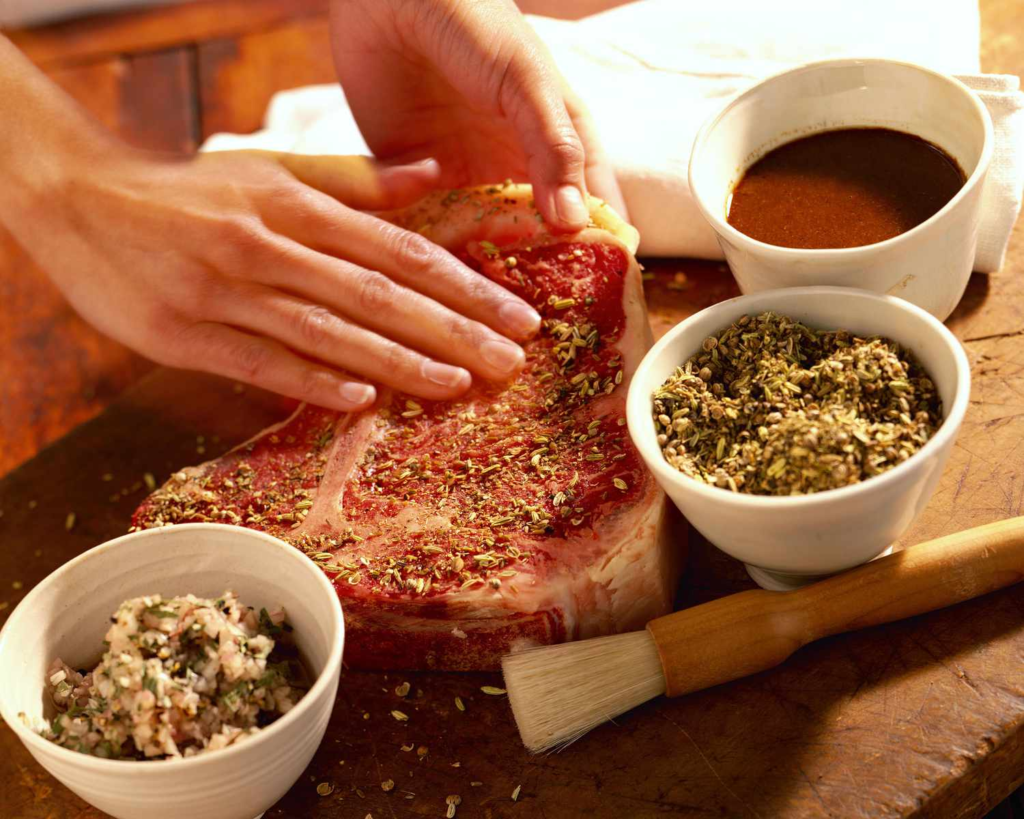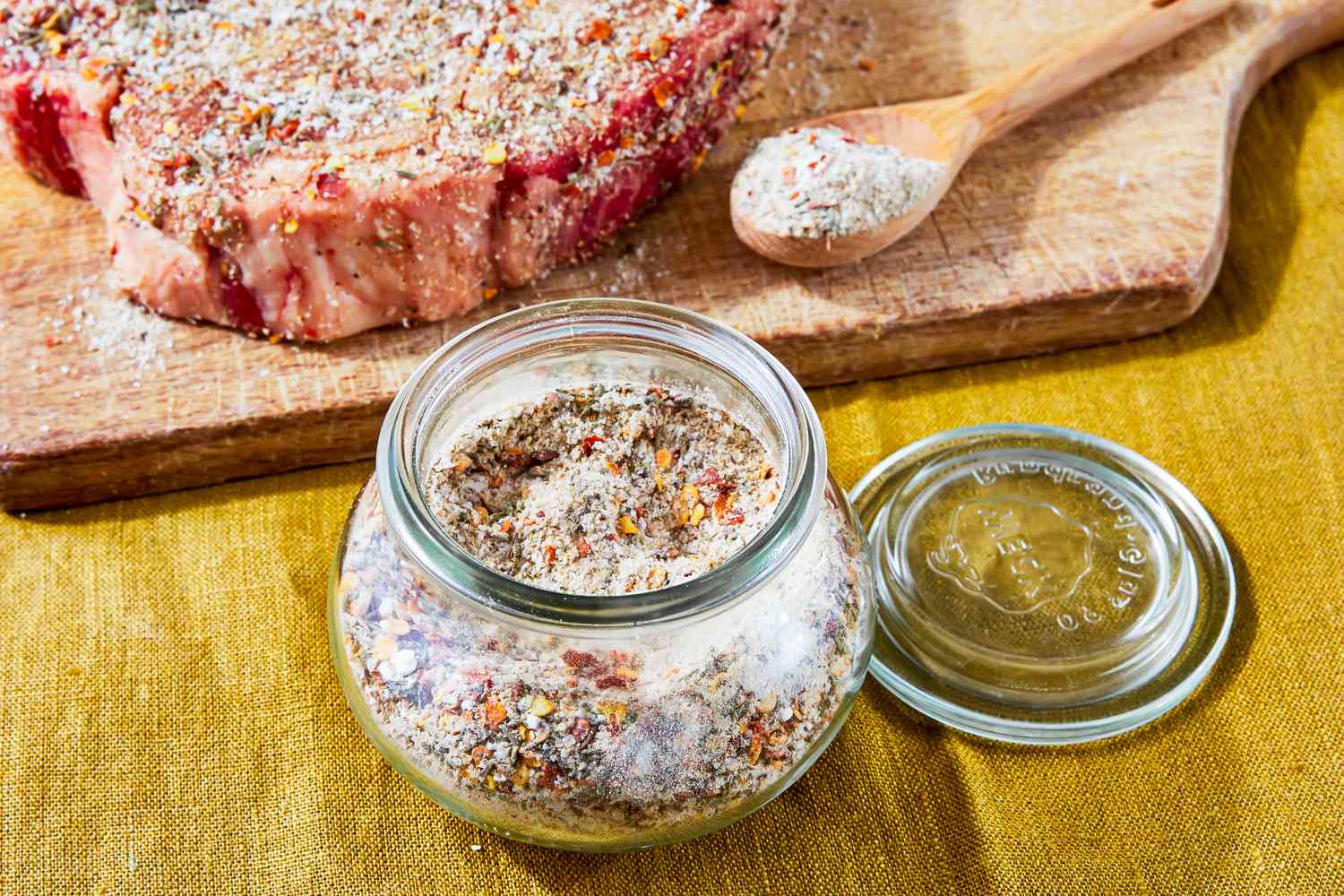Introduction
Seasoning meat is a culinary art that can elevate a dish from ordinary to extraordinary. The right combination of spices, herbs, and techniques can enhance the natural flavors of the meat, creating a mouthwatering and memorable experience for your taste buds. In this guide, we will delve into the correct way to season meat, exploring key principles and methods that ensure you achieve a perfectly seasoned masterpiece every time.
Choose Quality Ingredients
The foundation of great seasoning starts with quality ingredients. Opt for fresh, high-grade meats that are well-marbled and free from any off-putting odors. When selecting spices and herbs, prioritize using freshly ground options, as they possess more vibrant flavors compared to pre-packaged alternatives. Experiment with a variety of seasonings, considering factors like the meat’s inherent flavor, its intended use, and your personal preferences.

The Art of Balancing Flavors
Balancing flavors is an essential aspect of meat seasoning. The goal is to enhance the natural taste of the meat rather than overpower it. To achieve this, follow the basic principle of combining the five primary taste elements: salty, sweet, sour, bitter, and umami. Start by adding a pinch of salt to enhance the meat’s inherent flavors. From there, layer on complementary seasonings such as aromatic herbs (like rosemary or thyme), citrus zest for a touch of brightness, and a hint of sweetness from ingredients like brown sugar or honey. Incorporating umami-rich elements like soy sauce or Worcestershire sauce can add depth and complexity to the overall taste profile. Regular taste-testing as you season will help you achieve the desired balance.
Techniques for Even Distribution
Properly distributing seasonings ensures that every bite of meat is bursting with flavor. Whether you’re grilling, roasting, or pan-frying, following these techniques will lead to an evenly seasoned outcome:
Dry Rubs: Mix your chosen seasonings together to create a dry rub. Coat the meat with this mixture, pressing gently to help the spices adhere. Allow the meat to sit for a while to let the flavors penetrate before cooking.
Marination: Marinating involves soaking the meat in a liquid mixture, often containing acidic elements like vinegar or citrus juice, as well as carne seasoning. The acids help tenderize the meat while infusing it with flavor. Make sure to marinate in the refrigerator and follow recommended marinating times to prevent over-tenderization.
Injection: For larger cuts of meat like roasts or whole poultry, consider injecting a marinade directly into the meat. This technique ensures that the flavors permeate deep into the flesh.
Conclusion
Mastering the art of meat seasoning is a journey that involves a deep understanding of ingredients, flavor profiles, and techniques. By selecting high-quality ingredients, balancing flavors harmoniously, and employing effective seasoning techniques, you can transform ordinary meat into a culinary delight that leaves a lasting impression on your palate. Remember, seasoning is a creative endeavor, so don’t hesitate to experiment and adapt your approach based on your taste preferences and the type of meat you’re working with. With patience and practice, you’ll unlock the secrets to creating dishes that truly showcase the magic of well-seasoned meat.

